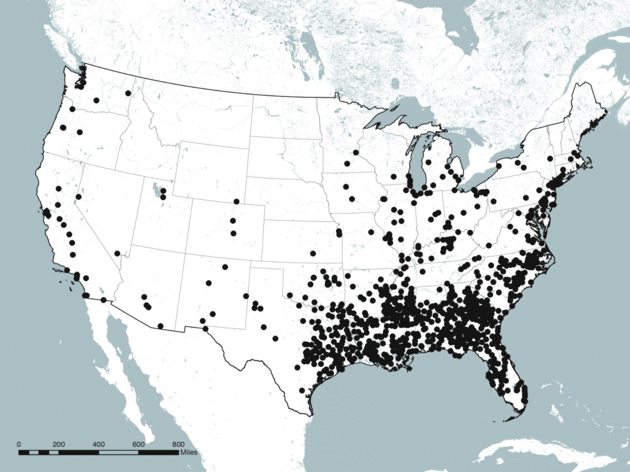The MLK Way: Building on Black America’s Main Street

Martin Luther King, Jr. is one of America’s most revered historical figures. According to a recent Gallup Poll, King is viewed in a positive light by 94 percent of Americans. Over 100 schools are named for King, countless monuments and memorials have been built to his memory, and, perhaps most impressively, 893 communities in the US have named a street for him.
Despite their ubiquity, MLK streets are not revered in the same way as King himself. Segregated, unsafe, and plagued by disinvestment, MLK streets seem unworthy of King’s legacy. But while data tells one story, experience sometimes tells another. MLK streets are also vibrant, thriving centers of African-American identity and community. As one author put it, it’s sometimes important to move beyond the negative images “and see what concrete lives and realities are living on those streets.”
This interdisciplinary studio invites students from all departments to help shape the future of MLK streets and the neighborhoods that flank them in a way that neither ignores the structural racism that has led to segregation, poverty, and the socioeconomic decay of African American neighborhoods, nor overlooks the positive characteristics that led one author to call MLK streets King’s “greatest living memorial.” Our premise is that initiatives aimed at making MLK streets into environments that reflect King’s values could be a means of empowering African American communities that, owing to King’s stratospheric approval ratings, could have broad public appeal.
In the first weeks of the studio, students will work together to create an “MLK Street Atlas” that maps, analyzes, and profiles MLK Streets in the US. Concurrent with this—and for the duration of the semester—we will zoom in on two MLK streets that have been targeted for improvements: Martin Luther King Jr. Drive in St. Louis, and Martin Luther King, Jr. Avenue in Washington, D.C. There, students will work with local residents, community organizations, elected officials, and others in city government to help remake the two streets and the neighborhoods surrounding them into environments that King himself would be proud of. As this is an interdisciplinary studio, deliverables are expected to be diverse.
Read about this studio in the Harvard Gazette and Huffington Post.